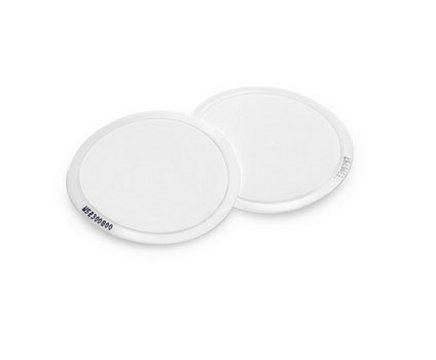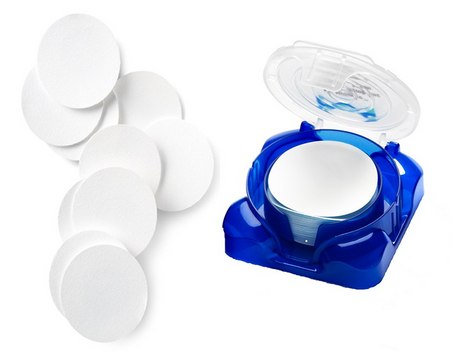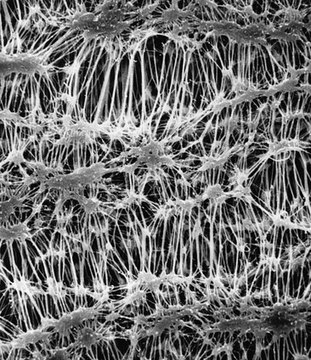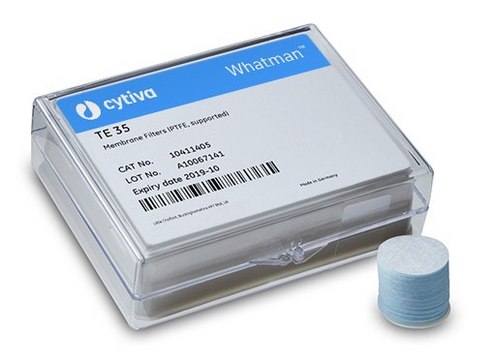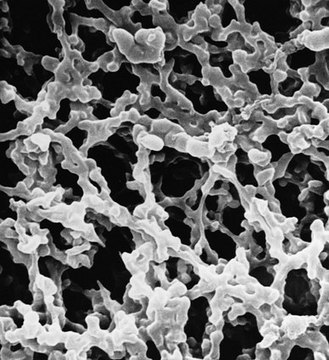FSLW03700
PTFE Membrane Filter, 3.0 μm Pore Size
Fluoropore®, filter diam. 37 mm, hydrophobic
Synonym(s):
Fluoropore® Membrane Filter
About This Item
Recommended Products
material
PTFE membrane
plain filter
white filter
sterility
non-sterile
feature
hydrophobic
manufacturer/tradename
Fluoropore®
Millipore
parameter
130 °C max. temp.
20 L/min-cm2 air flow rate
286 mL/min-cm2 water flow rate
filter diam.
37 mm
thickness
150 μm
gravimetric extractables
0.5%
matrix
Fluoropore®
pore size
3.0 μm pore size
85 % porosity
bubble point
≥0.1 bar, air with methanol at 23 °C
shipped in
ambient
Looking for similar products? Visit Product Comparison Guide
General description
Application
Fluoropore Membrane Filter is also suitable for air monitoring
Features and Benefits
- Biologically and chemically inert.
- High porosity yields high flow rates.
Legal Information
Storage Class Code
10-13 - German Storage Class 10 to 13
Certificates of Analysis (COA)
Search for Certificates of Analysis (COA) by entering the products Lot/Batch Number. Lot and Batch Numbers can be found on a product’s label following the words ‘Lot’ or ‘Batch’.
Already Own This Product?
Find documentation for the products that you have recently purchased in the Document Library.
Our team of scientists has experience in all areas of research including Life Science, Material Science, Chemical Synthesis, Chromatography, Analytical and many others.
Contact Technical Service